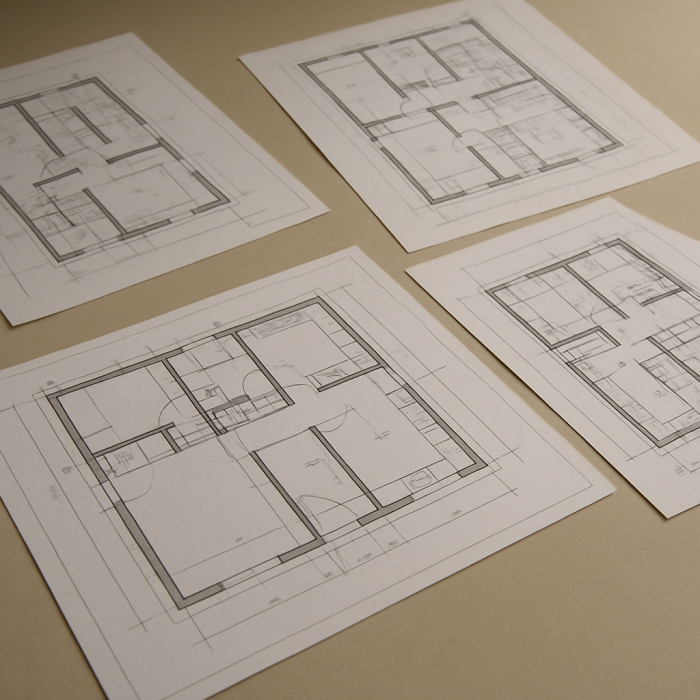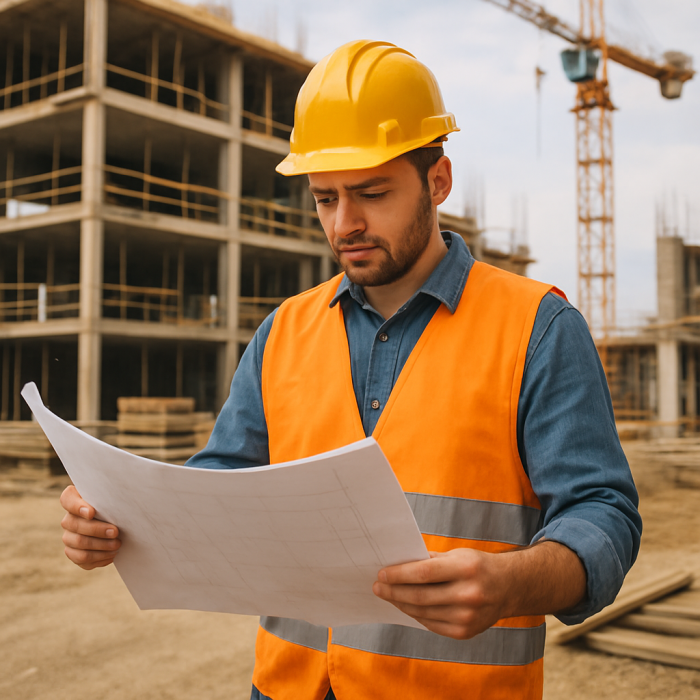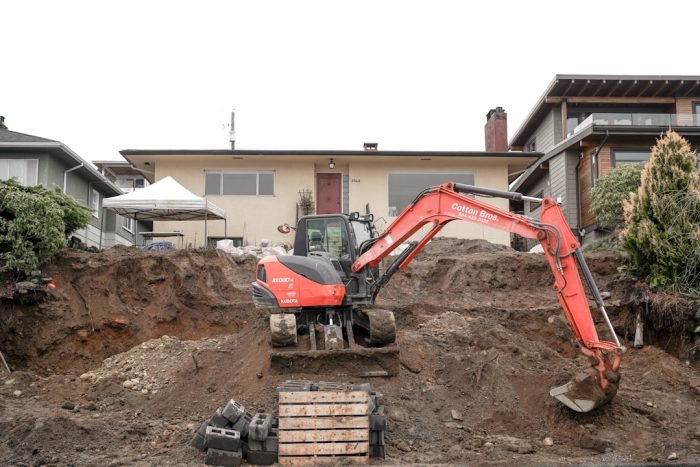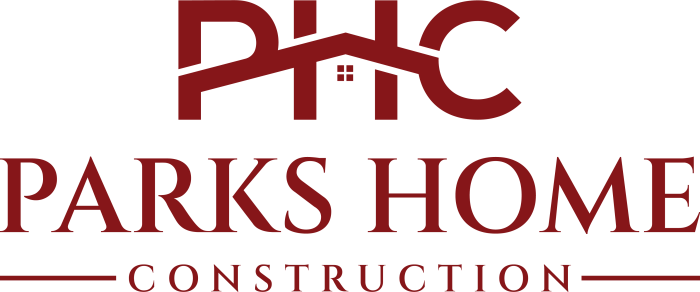Building a custom home can be one of the most rewarding experiences, offering the opportunity to tailor every detail to your liking. Whether it’s the layout, the materials, or the finishing touches, a custom home allows you to create a space that truly reflects your personality and lifestyle. However, the process is fraught with potential pitfalls that can turn your dream project into a nightmare if not managed correctly. From budget overruns to communication breakdowns, numerous challenges can arise. In this guide, we’ll explore common mistakes to avoid when building a custom home and how to ensure a smooth construction journey, ensuring that the path to your dream home is as enjoyable as the destination.

The first step in building a custom home involves meticulous planning and budgeting. This foundational phase is where your vision begins to take shape, and setting realistic expectations is key. Without a clear vision and a realistic budget, your project can quickly spiral out of control, leading to stress and financial strain. Proper planning and budgeting not only save time and money but also provide peace of mind throughout the construction process.
Underestimating Costs
One of the most common mistakes is underestimating the total cost of the project. Many people focus solely on construction costs and forget about additional expenses like permits, landscaping, and interior design. These often-overlooked costs can add up quickly, leading to budget overruns that can derail your project. It’s vital to have a comprehensive budget that includes all potential costs to avoid financial surprises down the line. Consulting with a financial advisor or a construction expert can provide insights into hidden costs and help you allocate funds effectively.
Ignoring Future Needs
When designing your home, consider not just your current lifestyle but also future needs. A growing family, aging in place, or potential resale value should influence your design choices. For example, planning for extra bedrooms or accessible features can add significant value to your home. It’s essential to think long-term to ensure your custom home serves you well for years to come. Engaging with a professional architect or designer can help you visualize future needs and incorporate them seamlessly into your design, ensuring your home remains functional and adaptable.
Choosing the Right Builder

Selecting the right builder is crucial in bringing your vision to life. The right builder will not only execute your plans with precision but also bring valuable experience and insights to the project. The best custom home builders understand your needs and work closely with you to realize your dream, turning your ideas into reality with skill and dedication.
Not Doing Enough Research
Many homeowners make the mistake of hiring the first builder they meet. This can lead to mismatched expectations and unsatisfactory results. Instead, take the time to research and interview multiple custom home builders. Look for builders with a strong track record, excellent references, and experience in building the style of home you desire. Checking online reviews and asking for recommendations from friends and family can also provide valuable insights into a builder’s reputation and quality of work.
Overlooking Local Expertise
Finding “builders near me” isn’t just about convenience; it’s about leveraging local knowledge and expertise. Local builders have invaluable knowledge about local building codes, climate considerations, and materials that work best in your area. For instance, if you’re looking to build near Cedar Creek Lake, hiring Cedar Creek Lake builders who are familiar with the local terrain and regulations can save time and money. Additionally, local builders often have established relationships with local suppliers and contractors, which can lead to cost savings and smoother project execution.
Design and Functionality
A custom home should be both beautiful and functional. Balancing aesthetics with practicality ensures that your home is not only visually appealing but also comfortable and efficient. Design mistakes can lead to impractical spaces that don’t meet your needs, so careful consideration and planning are essential.
Prioritizing Aesthetics Over Function
While it’s natural to focus on aesthetics, functionality should be a priority. A beautiful home that doesn’t function well can quickly become a source of frustration. Consider the flow of your home, storage needs, and how each space will be used. An experienced designer can help balance beauty and practicality, ensuring that your home is both stylish and livable. Collaborating with a designer who understands your lifestyle can result in a home that meets your needs today and adapts to changes in the future.
Over-Customization
While a custom home allows for personalization, over-customization can hurt future resale value. Extremely unique features may not appeal to future buyers, limiting your market if you decide to sell. Striking a balance between personal taste and universal appeal can ensure your home remains a valuable asset. Keeping some design elements neutral or adaptable can enhance your home’s appeal and make it more marketable to a broader audience.
Communication and Project Management

by Chelaxy Designs (https://unsplash.com/@chelaxydp)
Effective communication and strong project management are key to a successful home build. A well-coordinated team can navigate challenges smoothly, but miscommunication can lead to delays and increased costs. Establishing clear communication channels from the outset fosters collaboration and ensures that everyone is working toward the same goals.
Lack of Clear Communication
Establish clear communication channels with your builder and design team. Regular updates and open dialogue help ensure everyone is on the same page. Misunderstandings can lead to costly changes and delays, so regular meetings and progress reports are essential. Utilizing project management tools or platforms can facilitate communication and keep all parties informed and engaged throughout the process.
Failure to Monitor the Project
While it’s important to trust your builder, staying involved in the project is crucial. Regular site visits and progress checks can help catch issues early and ensure the project stays on schedule. Being proactive and engaged allows you to address concerns promptly and make informed decisions. Establishing a schedule for site visits and key milestones can enhance oversight and ensure that your vision is being realized accurately.
Permits and Regulations
Navigating permits and regulations is a complex but necessary part of building a custom home. Compliance with local laws ensures that your project proceeds smoothly and legally. Ignoring these can result in fines and delays, adding unnecessary complications to your build.
Neglecting Permits
Skipping necessary permits can lead to hefty fines and even require you to halt construction. This can cause significant delays and increase costs. Your builder should guide you through the permitting process, ensuring all necessary approvals are obtained before breaking ground. Being informed about the permit requirements specific to your area can prevent setbacks and keep your project on track.
Not Considering Zoning Laws
Zoning laws dictate what can be built on a piece of land. These laws can affect everything from the size and height of your home to the types of activities allowed on the property. Failing to consider these laws can lead to design changes and additional costs. Ensure your design complies with local zoning laws from the outset by working with professionals who are well-versed in local regulations. This foresight can prevent costly alterations and align your project with community standards.
Conclusion
Building a custom home is a significant investment, both financially and emotionally. The process can be daunting, but by avoiding these common mistakes and choosing the best custom home builders, you can ensure a smooth process and a final product that meets your expectations. Thorough planning, clear communication, and attention to detail are your best tools in creating a home that you’ll love for years to come.
In the end, the journey of building a custom home should be as enjoyable as the destination—a place that reflects your personality and meets your needs perfectly. With careful preparation and the right team, your dream home is within reach. Embrace the process with patience and creativity, and you’ll find that the rewards of building a custom home extend far beyond the physical structure itself.
Categorised in: Uncategorized
This post was written by jparksadmin
